Instead of traditional markets, textile and garment enterprises are trying to find new markets for their products to diversify the market and increase profits.

Businesses strive to find new markets
In the third and fourth quarters of 2024, Vietnam National Textile and Garment Group (Vinatex) plans to export the first orders of fire-resistant fabrics and clothing to Indonesia, India, the Middle East, and the US.
According to Mr. Le Tien Truong, Chairman of Vinatex Board of Directors, this is a product that can have a very fast growth rate, but it will depend a lot on the policies of each country. The specific product is not exactly like the product we have made in recent years.
Mr. Truong said that this is an item with high technical requirements, legality, copyright, not a regular fashion item, through cooperation between Vinatex and Coast Group (UK) with a revenue target of 2-2.5 million USD and in the first 5 years, the orientation is to be able to double each year.
According to experts, niche products such as fire-resistant clothing and fabrics, compared to other common products, have more obvious room for development and less competition in the market. Therefore, it is very encouraging that domestic textile and garment enterprises are taking the lead in the niche market with such fire-resistant products, opening a promising door to a wide potential market. The important thing is that enterprises need to actively invest in infrastructure, equipment and human resources, as well as master technology and production processes.
As a key corporation in the textile and garment industry, in recent times, Vietnam Textile and Garment Group has made efforts to promote textile and garment export activities by seeking new markets and producing new products to serve domestic and foreign demand.
According to Mr. Cao Huu Hieu, General Director of Vietnam National Textile and Garment Group, most garment enterprises have enough production orders until the end of the fourth quarter of 2024 - the peak season for orders during Christmas and Tet. It is forecasted that the export turnover of Vietnam's textile and garment industry in 2024 will increase by 8-10% compared to 2023.
Having such positive signals, besides the recovery of the world economy , the growth of consumption is also thanks to the efforts to find ways to expand new export markets such as Africa, India, etc. Proactively seeking new customers, especially in niche markets, is considered the key to help textile and garment enterprises maintain stability in the current period.
At Garment Corporation 10, after testing the direction of selecting complex, small-quantity orders, this year they continue to maintain orders with difficult technical requirements and flexible order receiving time. Selecting difficult orders helps businesses more easily find orders and customers in world markets.
Regarding new markets, Mr. Pham Van Viet, Chairman of the Board of Directors of Viet Thang Jean Company Limited (VitaJean) shared that since the Covid-19 pandemic, Vietnam's garment exports to Russia have grown very strongly. Vietnam's garment products are of high quality, with designs suitable for the tastes and fashion trends in the Russian market. This is a very favorable time for Vietnamese textile and garment enterprises to strengthen cooperation with the Russian Federation in this field...
What opportunities for 2024?
According to the Ministry of Industry and Trade, the country's textile and garment exports are forecast to recover better in the coming months. The reason is that, seasonally, the months in the third quarter are the time when Vietnam's textile and garment exports reach their highest levels of the year. At the same time, most garment enterprises have enough production orders until the end of the third quarter of 2024 and continue to negotiate and sign contracts until the end of the fourth quarter of 2024 - the peak production season for Christmas and New Year orders.

In parallel, according to a recent survey by the United States Fashion Association (USFIA) on the competitive advantage of countries exporting textiles and garments to the United States, Vietnam has a higher total score than China and Bangladesh as businesses are tending to switch suppliers from China. Therefore, in the long term, the market share of the Vietnamese textile and garment industry is expected to continue to expand in this market.
According to the Ministry of Industry and Trade, Vietnamese textile and garment enterprises have advantages thanks to their geographical location, large port system, and ability to produce a variety of high-value products such as vests, winter coats, swimwear, etc. with rich designs and fast delivery. However, in the long term, if other countries catch up with production capacity, the Vietnamese textile and garment industry will face many challenges.
In parallel, textiles and footwear are two industries with great “openness” when exporting up to 70-80% of production output, therefore, they are highly dependent and at the same time vulnerable to fluctuations in the world market. Accordingly, diversifying export markets, avoiding “putting all eggs in one basket” is the right direction and has been implemented by the Ministry of Industry and Trade for many years.
Specifically, through monthly trade promotion meetings, the Ministry has directed and coordinated with Vietnamese Trade Offices abroad to support businesses in exploiting and finding customers, especially in markets that have signed free trade agreements.
Environmental protection is an issue that textile and garment enterprises must also pay attention to. Enterprises need to pay attention to choosing environmentally friendly materials that can be recycled in line with the circular economy trend. Because enterprises in this industry are facing a series of difficulties from applying the extended producer responsibility mechanism in waste management, the carbon border adjustment mechanism, the German supply chain appraisal law and especially the strategy of "sustainable fashion" instead of "fast fashion".
In particular, greening and sustainable development are competitive criteria that major markets such as the EU, US, Japan, etc. require from suppliers in addition to factors such as quality, price and delivery time.
Although there are still many problems and challenges, with many positive signals for the end of the year, the Vietnamese textile and garment industry expects to complete the export target of 44 billion USD in 2024.
Source




![[Photo] Prime Minister Pham Minh Chinh and Prime Minister of the Kingdom of Thailand Paetongtarn Shinawatra attend the Vietnam-Thailand Business Forum 2025](https://vphoto.vietnam.vn/thumb/1200x675/vietnam/resource/IMAGE/2025/5/16/1cdfce54d25c48a68ae6fb9204f2171a)






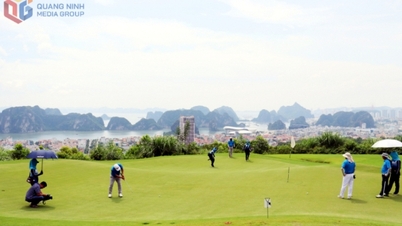
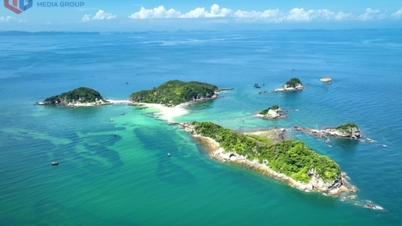




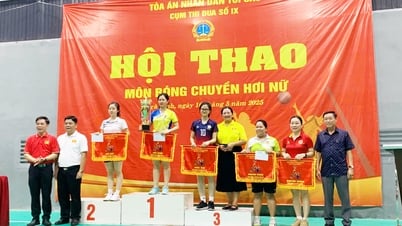












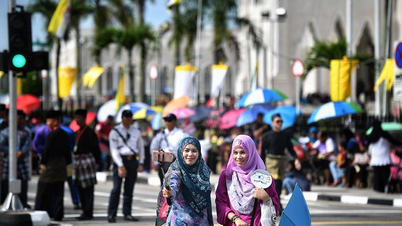
![[Photo] President Luong Cuong receives Prime Minister of the Kingdom of Thailand Paetongtarn Shinawatra](https://vphoto.vietnam.vn/thumb/1200x675/vietnam/resource/IMAGE/2025/5/16/52c73b27198a4e12bd6a903d1c218846)













































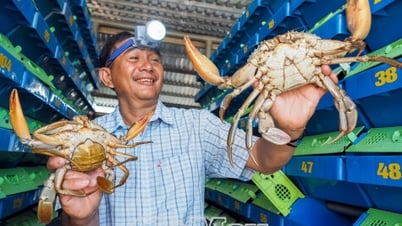




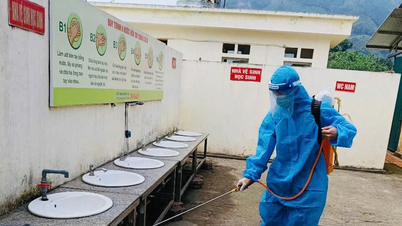













Comment (0)